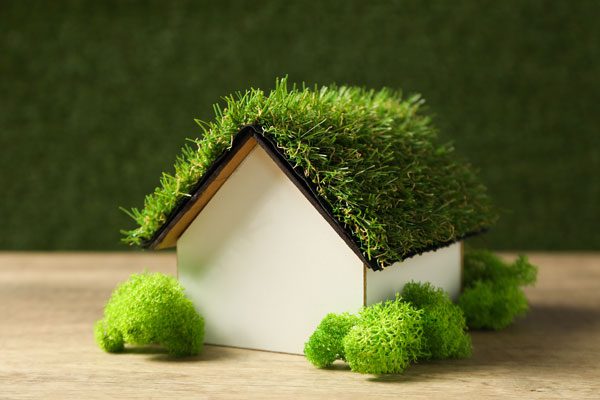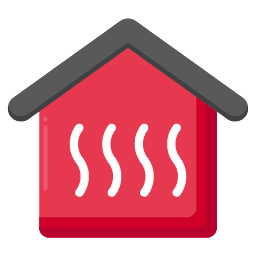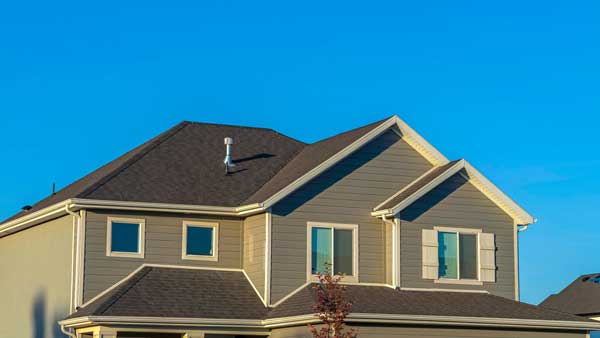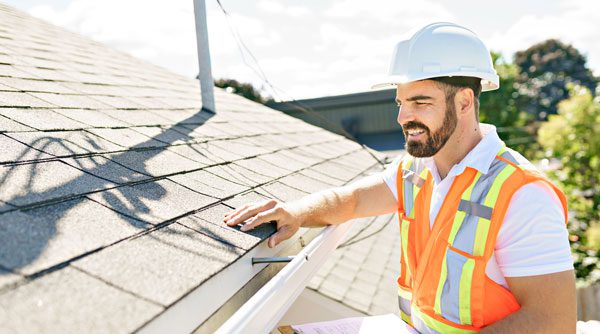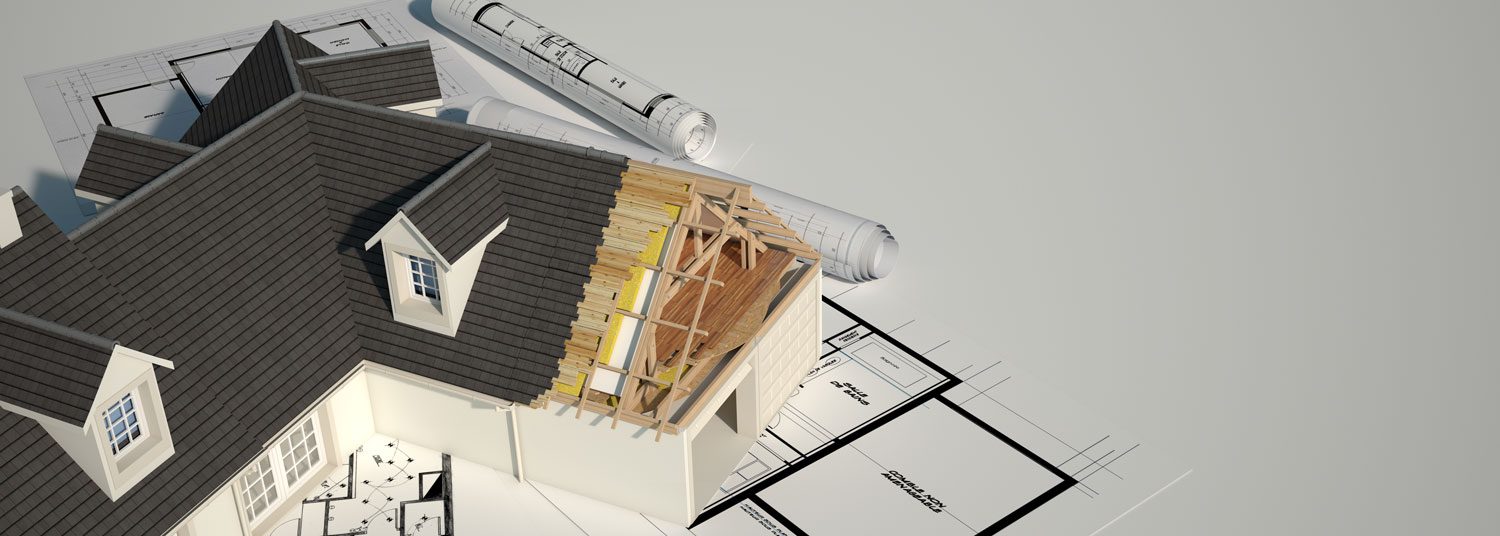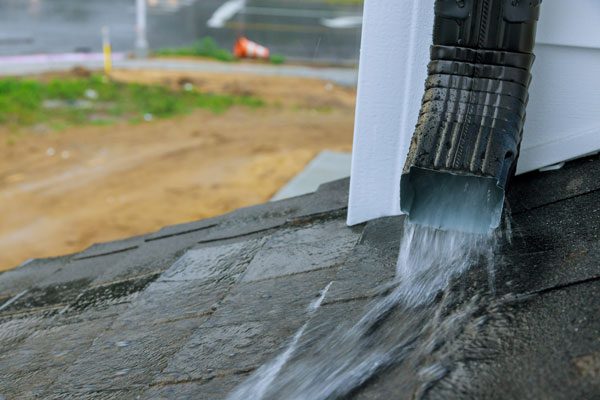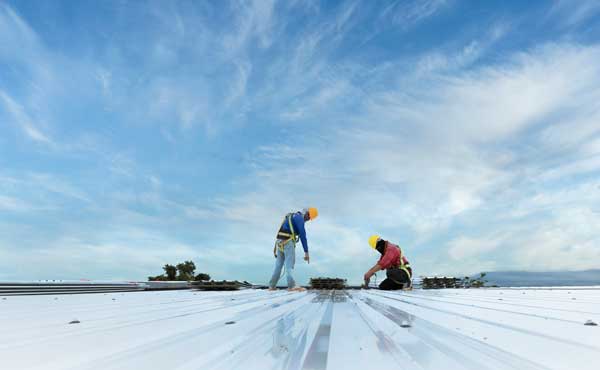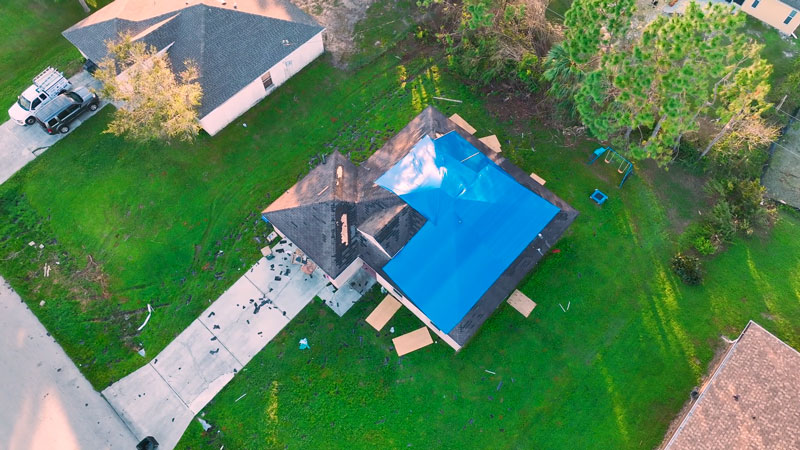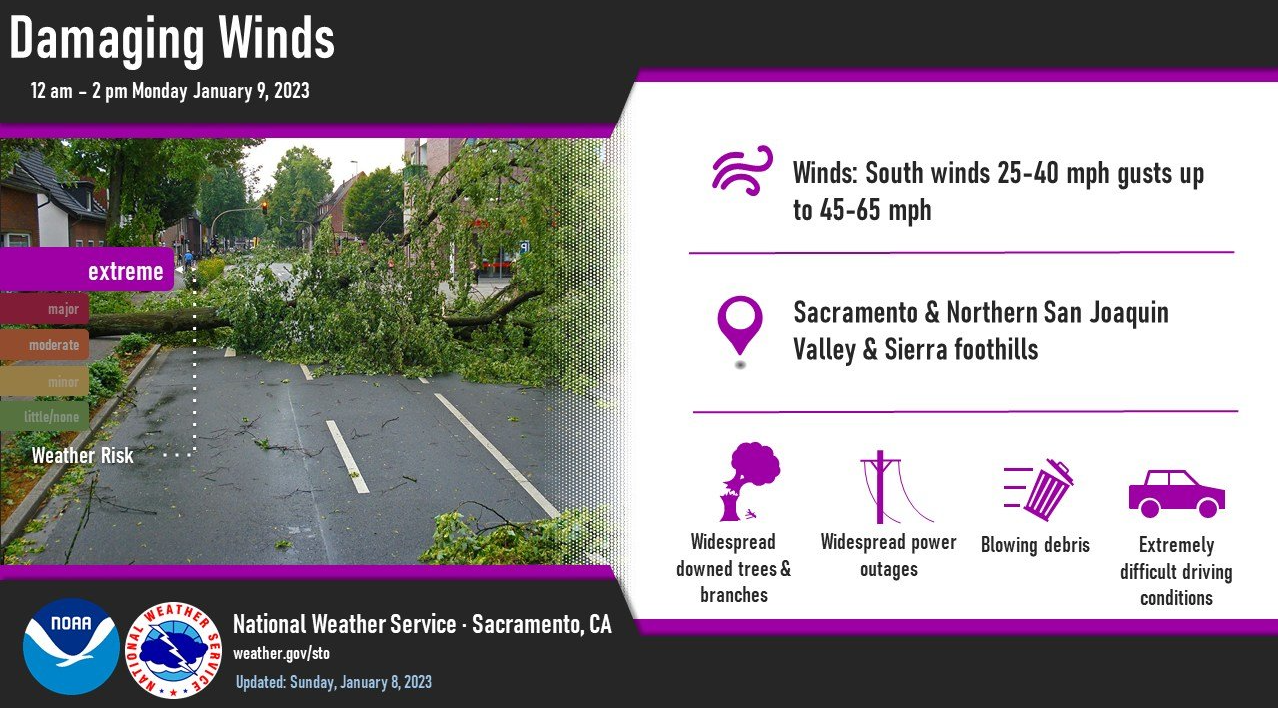Essential Steps for Successful Roof Replacement
A roof replacement project can seem daunting and overwhelming. We can help guide you through the steps for successful roof replacement. Whether you’re in need of a roof repair, replacement, or new installation, ensuring a smooth and efficient process is vital to the longevity and durability of your roof. Let’s dive into the essential steps that will lead you to a secure and aesthetically pleasing roof for your home.
These essential roof replacement steps include:
- Assessing Your Roofing Needs
- Scheduling a Professional Inspection
- Determining Roofing Material and Style
- Evaluating Energy-Efficient Options
- Considering Budgeting and Financing options
- Review Past Projects and Customer Feedback
- Ensure Clear Communication and Timelines
- Preparing Your Home for the Roof Replacement Process
Proper assessment of your roofing needs, budgeting and financing considerations, selecting the right contractor, preparing your home effectively, and post-installation maintenance are key components in ensuring the longevity and functionality of your new roof.

$0 PAYMENTS 90 DAYS / YOUR NEW ROOF FOR $100 MO. / FREE INSPECTIONS
FREE QUOTE




Why Choose American Cool Construction for Roof Repairs and Replacements?
American Cool Construction stands out in the Sacramento roofing industry for several reasons:
- Highly Rated and Trusted: With numerous positive reviews and a strong reputation in the community, American Cool Construction has established itself as a reliable and trustworthy service provider.
- Affordable Services: Understanding the financial constraints homeowners often face, American Cool Construction offers competitive pricing without compromising on quality.
- Extensive Experience: Their team of professionals has years of experience in dealing with the unique roofing challenges presented by Sacramento’s climate.
- Quality Materials and Workmanship: They use high-quality materials and employ skilled workmanship, ensuring that your roof is durable and long-lasting.
Assessing Your Roofing Needs
When you start planning your roof replacement project, you should thoroughly assess your roofing needs. This critical phase will set the foundation for a successful project that meets your expectations and requirements.
Schedule a Professional Inspection
Before deciding on the type of roof replacement needed, schedule a comprehensive inspection with a trusted roofing contractor. A professional assessment will identify any underlying issues, such as leaks, structural damage, or insulation deficiencies.
Determine Roofing Material and Style
Consider the various roofing materials available in the market, such as asphalt shingles, metal roofing, or tile roofs. Each material has its own set of benefits and aesthetic appeal, so choose one that aligns with your budget and preferences.
Evaluate Energy-Efficient Options
Incorporating energy-efficient practices into your roof replacement can lead to long-term cost savings and environmental benefits. Explore cool roofing options or solar panels to optimize energy efficiency and reduce your carbon footprint.
Budgeting and Financing
Once you have a clear understanding of your roofing needs, the next step is to establish a budget and explore financing options for your roof replacement project.
Get Detailed Quotes from Roofing Contractors
Obtain detailed quotes from multiple roofing contractors to compare pricing, services offered, and project timelines. Choose a contractor who provides transparent pricing and is willing to work within your budget constraints.
Explore Roof Financing Options
If the upfront cost of roof replacement is a concern, research financing options available to homeowners. Many roofing companies offer flexible payment plans or partnerships with financing institutions to make the project more financially feasible.
Consider Seasonal Discounts and Special Offers
Take advantage of seasonal discounts and special offers that roofing companies may provide. Planning your roof replacement during off-peak seasons or promotional periods can lead to cost savings without compromising on quality.
Remember, investing time and effort into the initial steps of assessing your needs and budgeting for the project will set the stage for a seamless and successful roof replacement process.
Choosing the Right Roofing Contractor
Selecting the right roofing contractor is a crucial step in ensuring the success of your roof replacement project. Here are essential factors to consider when choosing a contractor:
Check Licenses and Insurance
Verify that the roofing contractor holds the necessary licenses and insurance coverage. This step ensures that you are working with a legitimate and professional company that adheres to industry standards and regulations.
Review Past Projects and Customer Feedback
Ask for references and reviews of past projects completed by the contractor. Customer feedback and testimonials provide insight into the quality of work, reliability, and customer service offered by the contractor.
Ensure Clear Communication and Timelines
Communication is key to a smooth roof replacement process. Choose a contractor who maintains open communication channels, provides regular updates on the project status, and adheres to agreed-upon timelines.
When selecting a roofing contractor for your project, prioritize factors such as experience, reputation, and communication to guarantee a seamless and satisfactory roof replacement experience.
Check out our tips about hiring a roofing contractor.
Preparing Your Home for Roof Replacement
Properly preparing your home before the roof replacement work begins is essential to ensure a smooth and successful project completion. Follow these steps to prepare your home effectively:
Clearing the Attic and Outdoor Spaces
Remove any valuables, decorations, or stored items from the attic to prevent damage during the roof replacement process.
Clear the outdoor spaces around your home, such as the driveway and yard, to provide ample space for roofing materials and equipment.
Protecting Valuables and Landscaping
Cover furniture, electronics, and other valuables in your home to safeguard them from dust and debris that may result from the roof replacement.
Trim overhanging tree branches and protect delicate plants in your landscaping to prevent damage during the roofing work.
Discussing Safety Measures with the Contractor
Prioritize safety by discussing safety protocols and measures with the roofing contractor before the project begins.
Ensure that the contractor’s team implements proper safety practices, such as wearing protective gear and securing the work area to prevent accidents.
By adequately preparing your home for the roof replacement process, you can minimize disruptions, protect your belongings, and contribute to the overall success of the project.
Post-Installation Inspection and Maintenance
After the completion of your roof replacement project, conducting thorough post-installation inspections and implementing routine maintenance practices are crucial to ensure the longevity and functionality of your new roof. Follow these essential steps:
Conduct a Final Walkthrough with the Contractor
Schedule a final walkthrough with the roofing contractor to inspect the completed work and address any remaining concerns or questions.
Verify that all aspects of the roof replacement meet your expectations and specifications outlined in the contract.
Understand Warranty Coverage
Familiarize yourself with the warranty coverage provided by the roofing contractor or roofing material manufacturer.
Keep documentation of the warranty terms and conditions for future reference in case any issues or repairs are needed.
Implement Routine Roof Maintenance Practices
Regularly inspect your roof for signs of damage, leaks, or wear and tear, especially after severe weather events.
Clean debris, leaves, and gutters to prevent water accumulation and potential roof damage.
By following these post-installation steps and maintenance practices, you can ensure the success and longevity of your roof replacement investment.

